Lecture 3: Transport of Solutes and Water
1/19
There's no tags or description
Looks like no tags are added yet.
Name | Mastery | Learn | Test | Matching | Spaced |
|---|
No study sessions yet.
20 Terms
It is known that plasma membranes are selectively permeable, what properties make them selectively permeable?
Hydrophilic heads and hydrophobic tails:
Hydrophilic (polar and charged) heads do not allow molecules to pass through such as water, ions, sugar, amino acids
Hydrophobic (nonpolar) tails allow other hydrophobic molecules to dissolve and pass through such as lipids, hormones, oxygen, and carbon dioxide
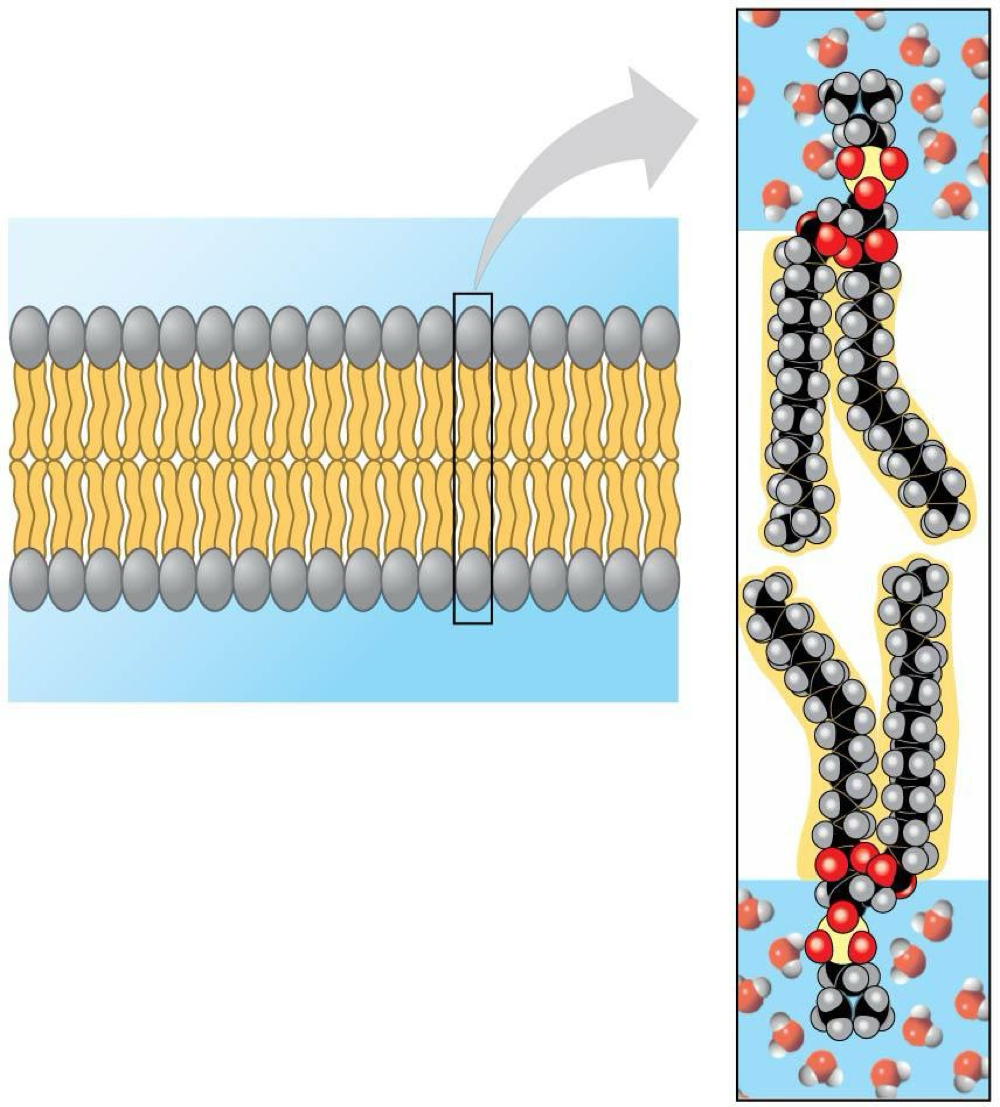
What is flux?
The net flow of molecules across membrane.
Molecules/(membrane area x time)
AND
(concentration out - concentration in) x permeability
What is the simple definition of passive transport?
Transportation across membrane that is simply driven by concentration difference inside and outside the cell. Going down concentration gradient.
What is equilibrium?
When there is equal concentration on both sides; diffusion continues but there is not net flow.
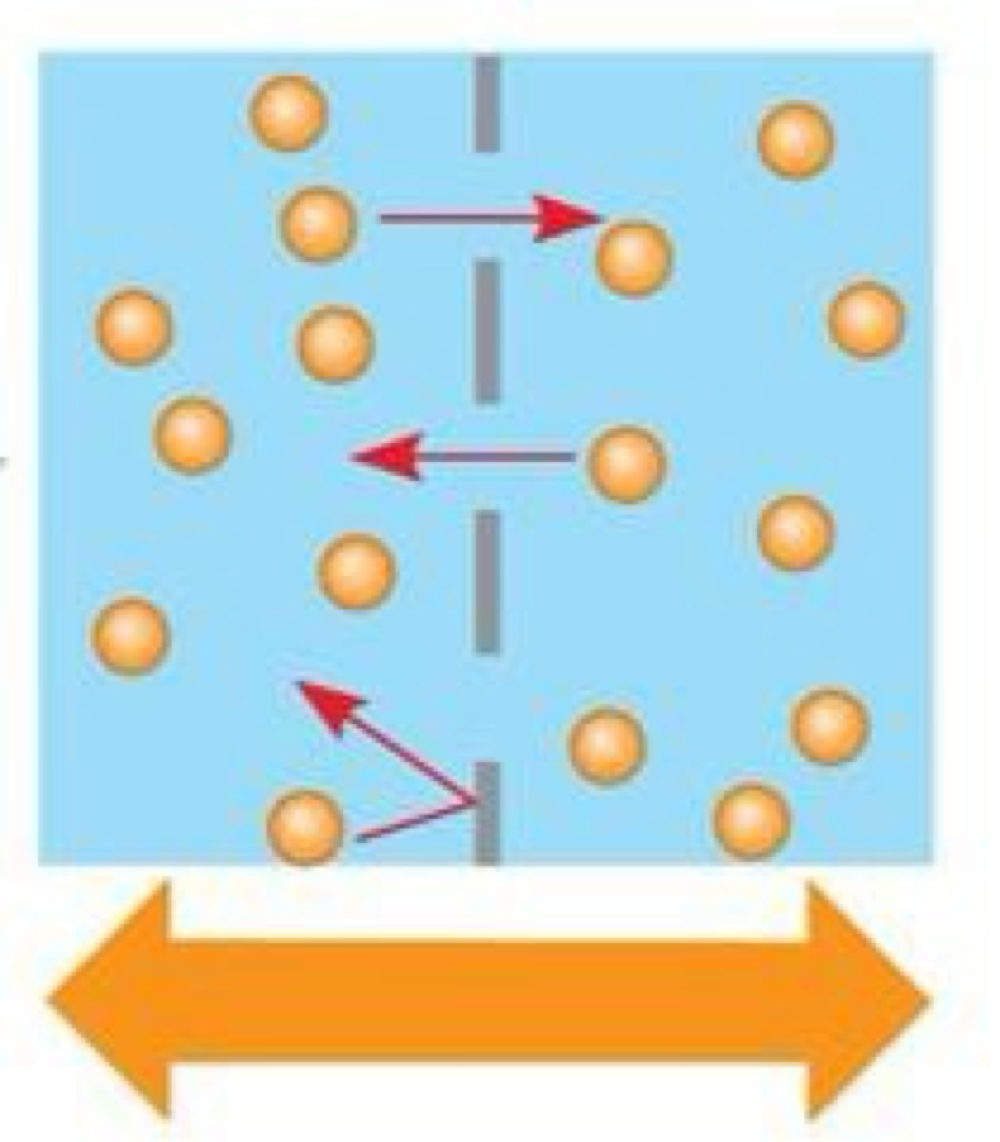
What is osmosis?
The movement of water molecules across a semipermeable membrane from a region of high water concentration to a region of low water concentration. Water molecules are transported down aquaporins (pores or channels in cell membrane that facilitate diffusion of water in and out of cells).
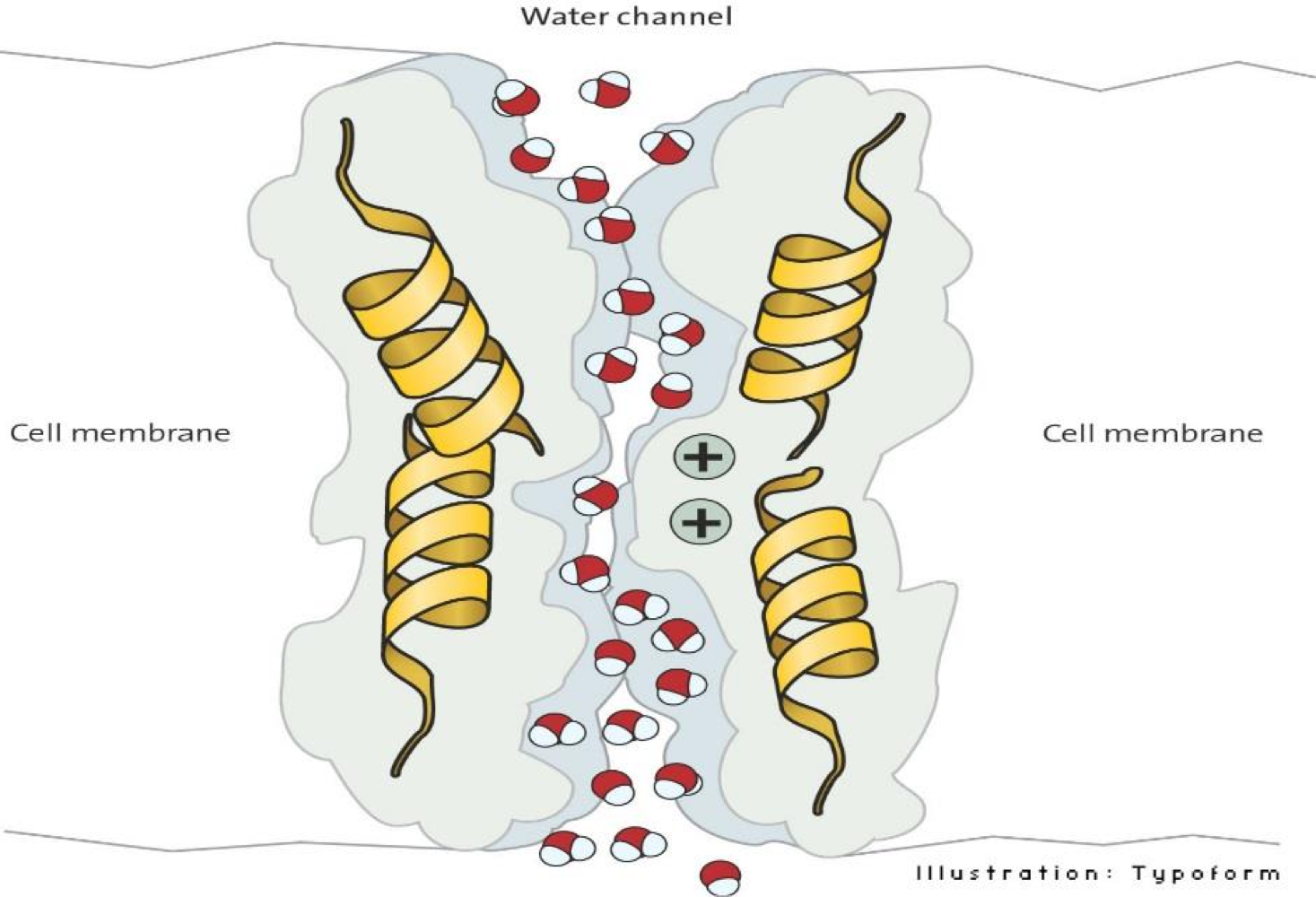
What does it mean when a cell is an isotonic environment?
Solute concentration outside = solute concentration inside
No net water movement across membrane
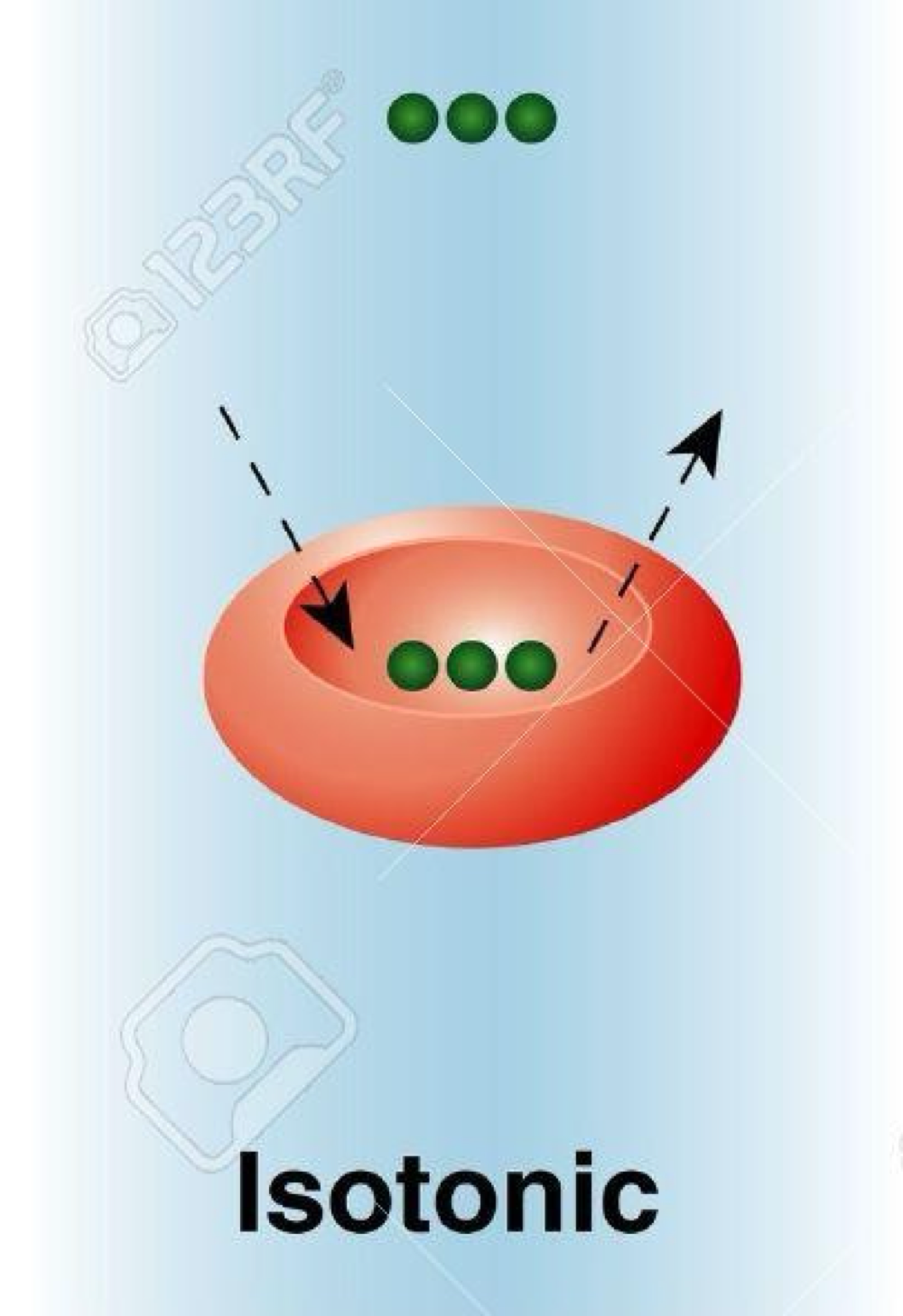
What does it mean when a cell is an hypotonic environment?
Solute concentration outside < solute concentration inside
H2O concentration outside > H2O concentration inside
Cell will gain water and swell
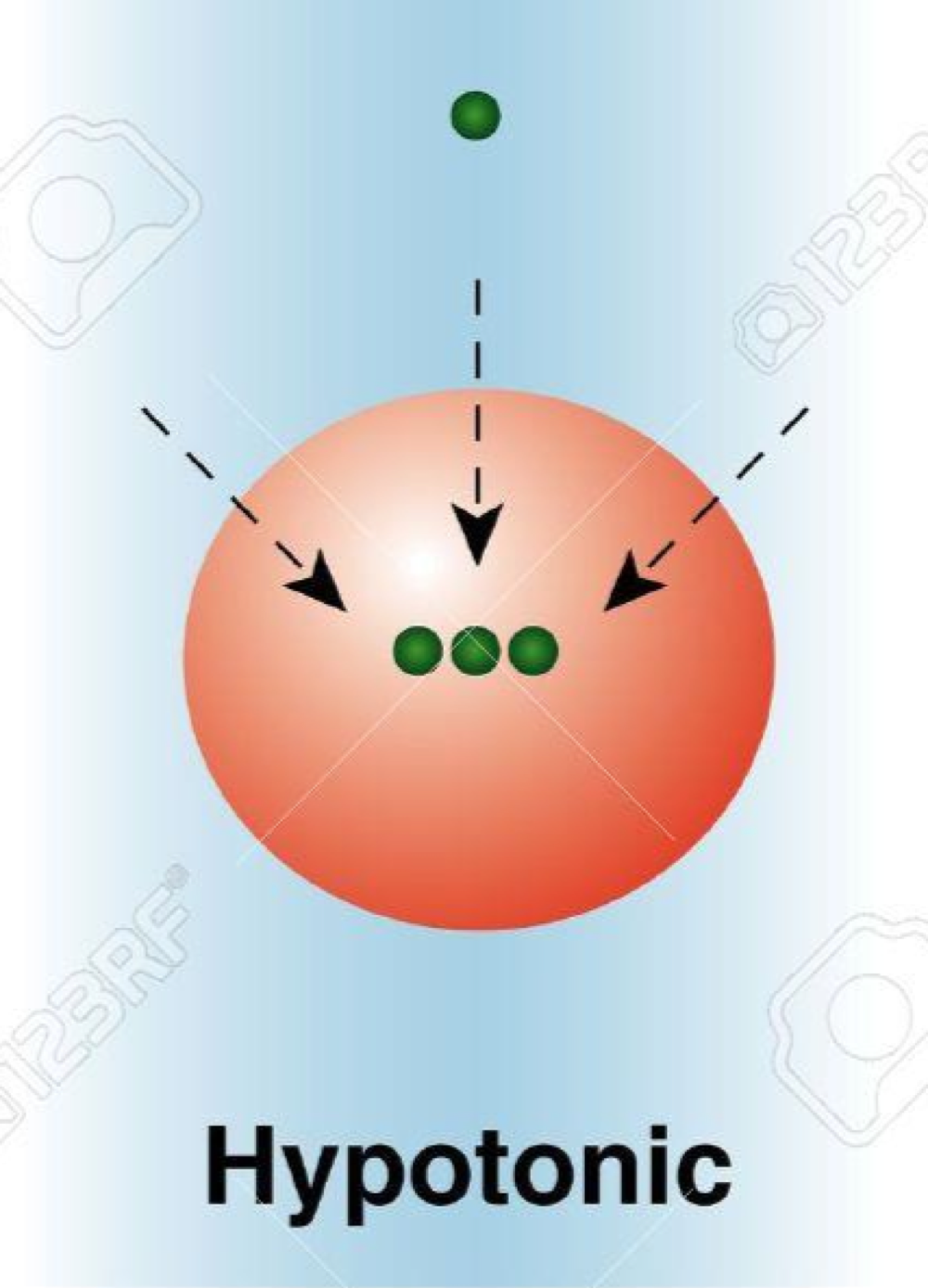
What does it mean when a cell is an hypertonic environment?
Solute concentration outside > solute concentration inside
H2O concentration outside < H2O concentration inside
Cell will lose water and shrink
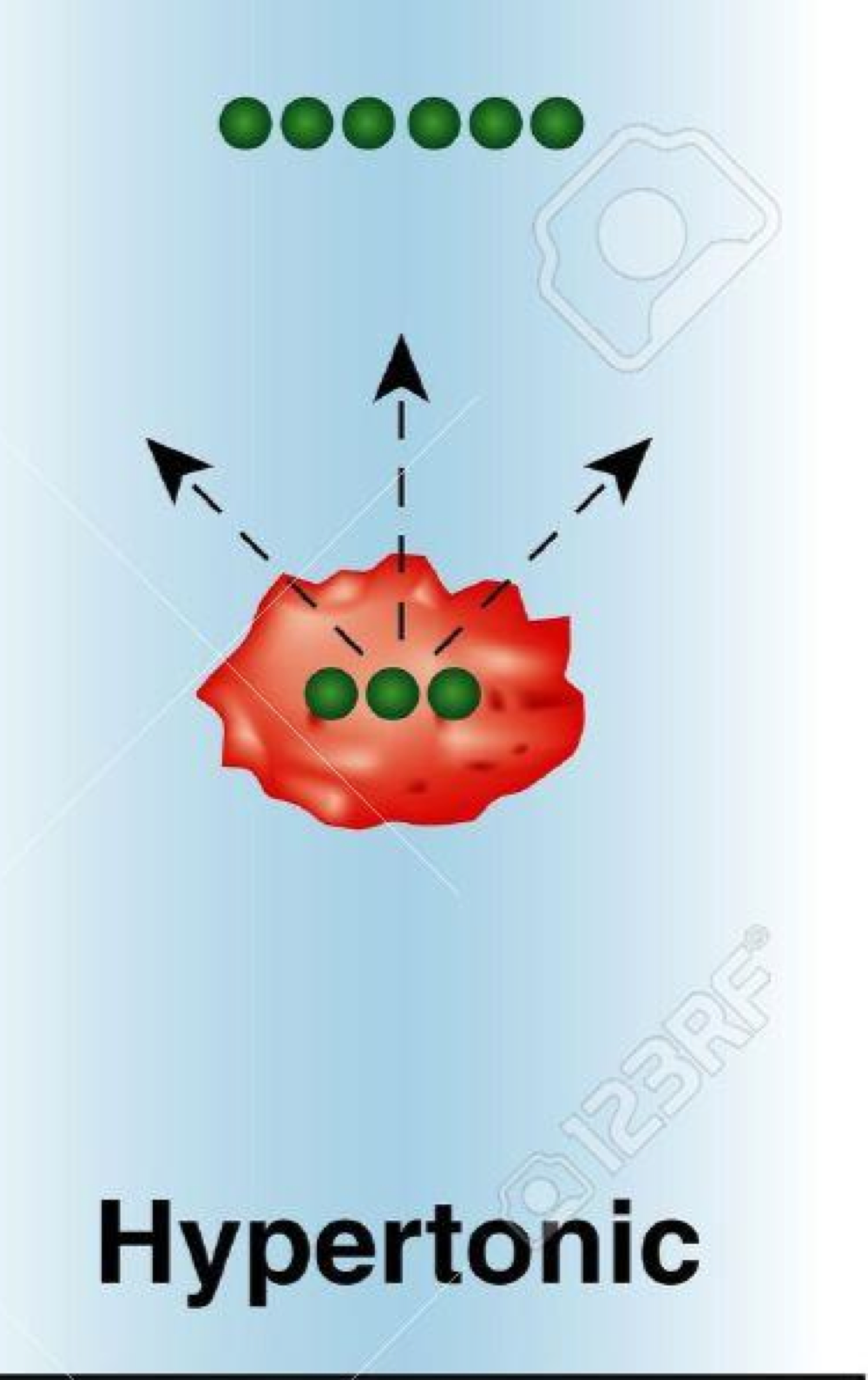
How does hypotonicity affect plant cells?
Plant cells have rigid cell walls as their outer membrane which resists hypotonicity.
How does hypotonicity affect bacterias?
Bacteria have strong walls as their outer membranes that can resist hypertonic environments.
Antibiotics interferes with production of bacterial cell wall (weakening or removal of cell wall can lead to osmotic lysis (cell burst) of cells)
What is the simple definition of active transport?
Transportation across membrane that requires energy to move solutes against its concentration gradient (low to high). Transport is mediated by transmembrane proteins.
What are uniporters, antiporter and symporter?
Uniport → one substrate across membrane
Antiport → two substrates in opposite direction across membrane
Symport → two substrates in same direction across membrane

What is the alternating access model?
Conformational changes control substrate entry. Most active transport use this model and some passive transport use this model.
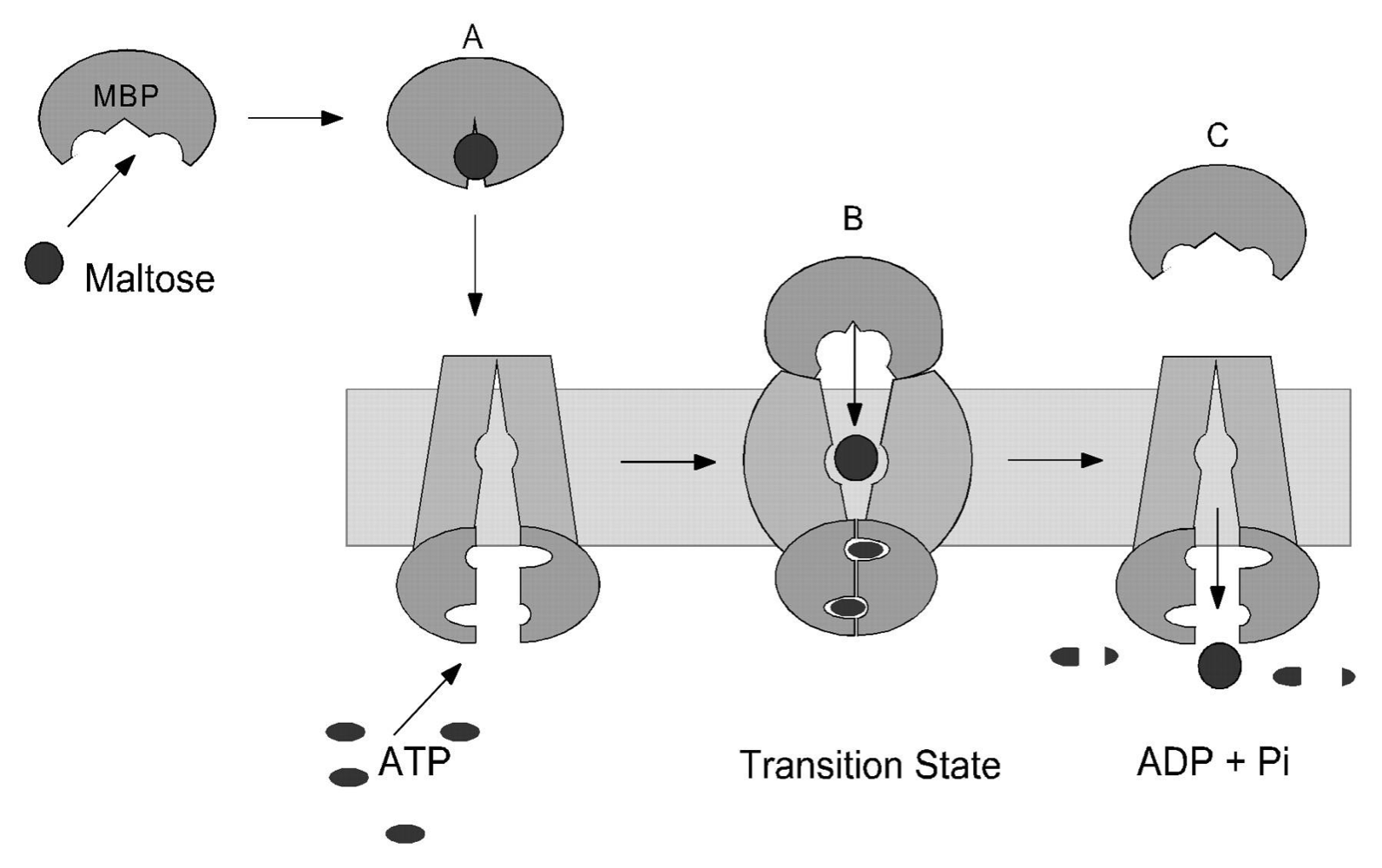
How does sodium-potassium pump work?
2 coordinated pumping events that move ions in opposite direction by generating concentration gradients
Uses energy from ATP hydrolysis to produce conformational change
Results in 3 Na+ to be transported out and 2 K+ to be transported in
Results in net positive charge outside cells
Reaches equilibrium (no concentration changes)
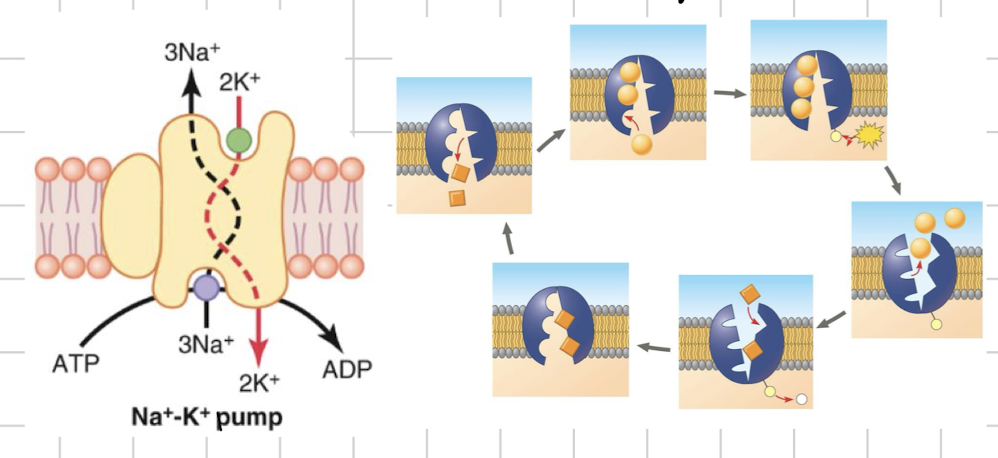
What is exocytosis and what are some examples?
Release of cell content through fusion of intracellular vesicles with cell membrane. Secreted vesicles have specific contents that are selected for by the cell in the process of generating these vesicles.
Examples:
Neurotransmitters at neuronal synapses
Insulin from pancreas
What is the simple definition of endocytosis?
When materials are brought in from outside of cell by vesicles.
What are the three different types of endocytosis?
Phagocytosis (uptake of particle)
Pinocytosis (uptake of liquid)
Receptor-Mediated Endocytosis (there are specific receptors on cell surface for targets to bind to)
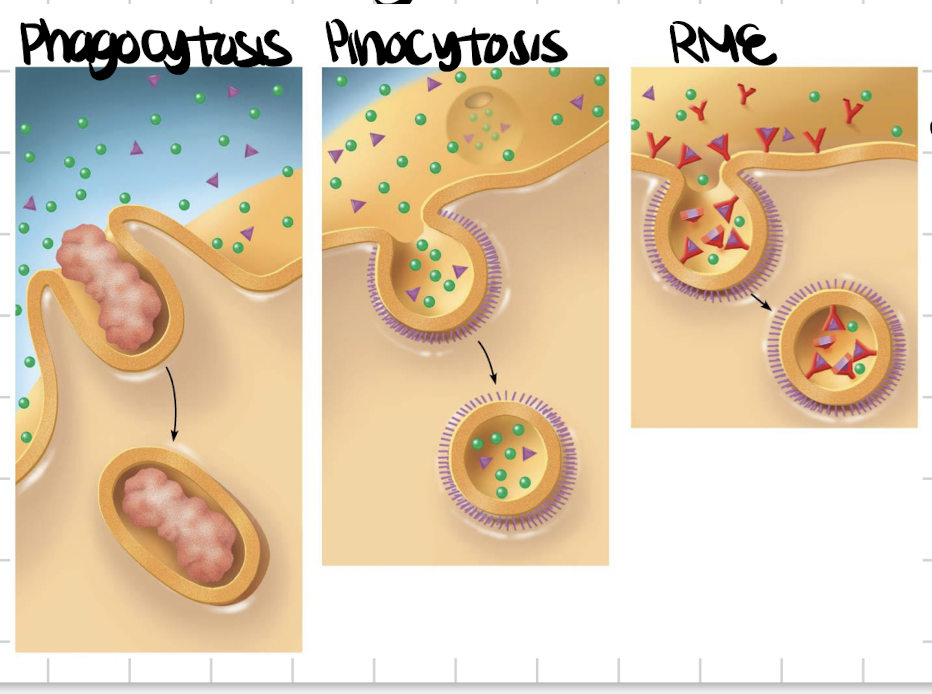
What type of endocytosis is the reason how viruses enter into the epithelia cells?
Receptor-mediated endocytosis
What is the function of channels?
They act like a selective door which allow small ions to pass through the membrane, discriminating on size and charge.
Channels may be always open or regulated (open and close under certain regulations)
Passive transport
How does active transport lead to the formation of membrane potential?
By creating uneven ion concentrations across the cell membrane, resulting in a charge difference between the inside and outside of the cell.